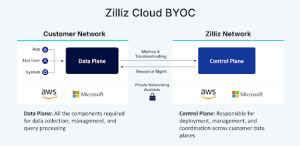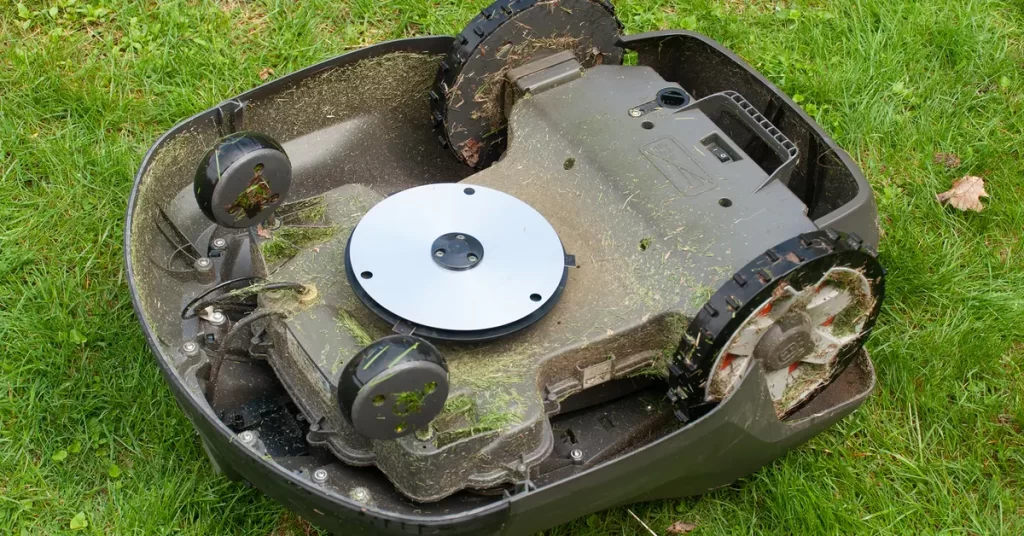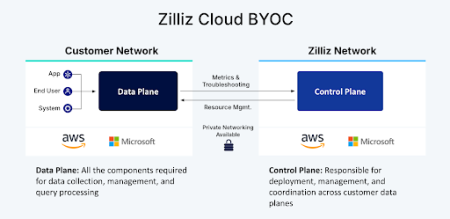In recent years, robotic mowers have revolutionized lawn care, offering homeowners a hands-free solution to maintaining pristine lawns. While their sleek design and autonomous operation garner attention, it’s the sophisticated software driving their efficiency that truly sets them apart. In this article, we delve beyond the basics to explore the technology behind robotic mowers, unraveling the intricate algorithms and systems that power their performance.
The Rise of Robotic Mowers
Robotic mowers have surged in popularity due to their convenience and efficiency. Unlike traditional mowers, which require manual operation and supervision, robotic mowers operate autonomously, navigating lawns with precision and ease. This autonomy is made possible by a combination of hardware and software advancements, with the latter playing a crucial role in optimizing performance.
Understanding the Technology
At the heart of every robotic mower lies a sophisticated array of sensors, processors, and software algorithms. These components work in tandem to navigate the terrain, detect obstacles, and adjust mowing patterns for maximum efficiency. While the hardware provides the means for movement and operation, it’s the software that orchestrates these actions with precision.
Navigation and Mapping
One of the most impressive feats of robotic mowers is their ability to navigate complex environments without human intervention. This is achieved through a process known as SLAM (Simultaneous Localization and Mapping), which allows the mower to create a map of its surroundings and determine its position within that space in real-time. Advanced algorithms analyze sensor data from onboard cameras, ultrasonic sensors, and gyroscopes to construct a detailed map of the lawn and identify obstacles.
Obstacle Detection and Avoidance
Effective obstacle detection and avoidance are critical for ensuring the safety and efficiency of robotic mowers. Sophisticated algorithms analyze sensor data to detect obstacles in the mower’s path, such as trees, rocks, or lawn furniture. Once detected, the software calculates the optimal path to navigate around the obstacle while minimizing disruptions to the mowing pattern. This dynamic obstacle avoidance allows robotic mowers to adapt to changing environments and obstacles in real-time.
Mowing Patterns and Efficiency
The efficiency of robotic mowers is not solely determined by their ability to navigate obstacles but also by their mowing patterns. Software algorithms determine the most efficient route for mowing based on factors such as lawn size, terrain, and grass growth patterns. By analyzing sensor data and mapping the lawn’s contours, the software optimizes mowing patterns to ensure complete coverage while minimizing overlap and energy consumption.
Remote Monitoring and Control
In addition to autonomous operation, many robotic mowers feature remote monitoring and control capabilities, allowing users to track their mower’s progress and adjust settings from anywhere with an internet connection. This is made possible by cloud-based software platforms that provide real-time status updates, alerts for maintenance tasks, and the ability to schedule mowing sessions remotely. These features not only enhance user convenience but also enable proactive maintenance and optimization of mower performance.
Conclusion
Robotic mowers represent a marriage of cutting-edge hardware and software technology, offering homeowners a convenient and efficient solution to lawn care. By leveraging advanced algorithms for navigation, obstacle detection, and mowing pattern optimization, these devices can autonomously maintain pristine lawns with minimal human intervention. As technology continues to evolve, we can expect further advancements in the software driving robotic mower efficiency, paving the way for even smarter and more capable lawn care solutions.







